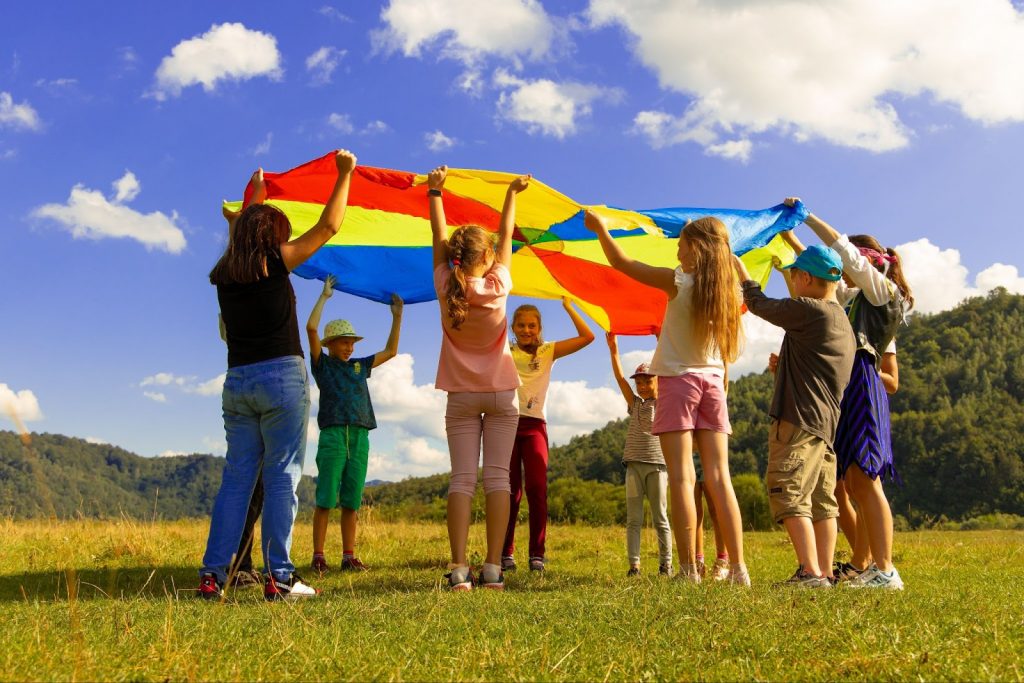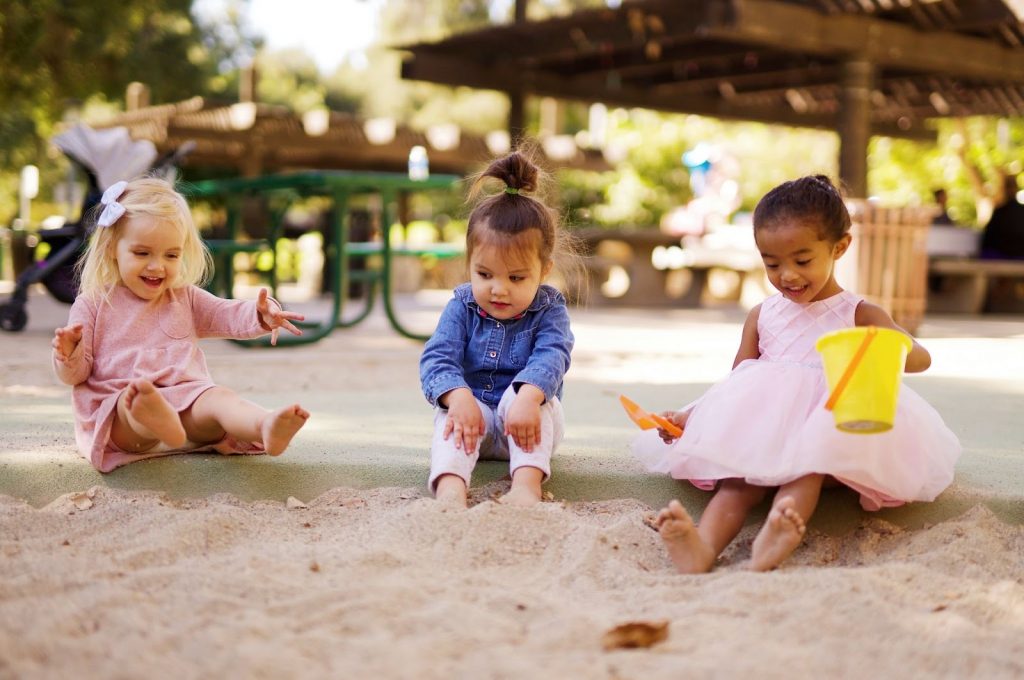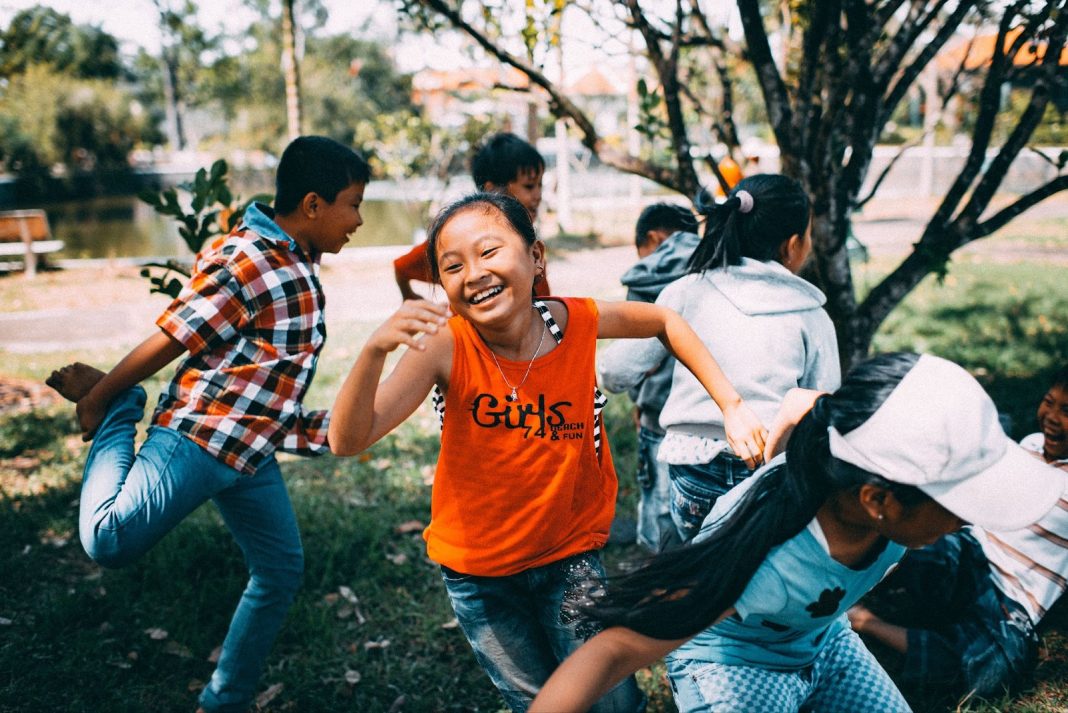Problem solving activities for kids are a great way to teach them how to think critically and creatively, and how to develop a growth mindset. We’re sure you must have also played many educational games as a kid that helped you develop critical thinking or problem-solving- skills you’re using even today. These activities can be tailored to be fun and engaging, and they help kids understand that challenges and difficulties are opportunities to learn and grow instead of things to be feared.
Math & ELA | PreK To Grade 5
Kids see fun.
You see real learning outcomes.
Watch your kids fall in love with math & reading through our scientifically designed curriculum.
Parents, try for free Teachers, use for free
By providing kids with problem-solving activities, we can give them the tools to develop their problem-solving skills and build the confidence to tackle difficult challenges, which will be valuable to them throughout their life. It will also help them understand that their abilities can be developed with practice and hard work, encouraging them to persevere through difficult tasks and not give up easily when faced with obstacles. If you’re looking for some fun and engaging problem solving activities for children to develop a growth mindset, we have curated a list of activities for you.
15 Best Problem Solving Activities for Kids

1. Rolling Dice
Things you’ll need: A die or dice, some flashcards and a pen
How to do: You can play tons of different games with dice. Playing with two dice encourages kids to quickly add up numbers and learn math in a fun way. One fun game you can play with a single die involves flashcards. For this game, you can assign a category to each number on the die and when the kid rolls the die, they have to name any 3 examples from the category assigned to the number rolled. For example, if number 4 is assigned to animals and it is rolled, they will have to name any 3 animals.
Related Reading: Best Positive Affirmations for Kids to Improve Confidence & Belief
2. Build a Tower
Things you’ll need: Building blocks, lego, toilet rolls or anything that can be stacked
How to do: If you’re looking for problem solving activities for 5 year olds, this is for you. To play this game, just give the kids anything that can be stacked on top of the other. This can be building blocks, lego, Jenga blocks, toilet rolls, etc. The challenge is to stack one on top of the other and see how high a tower they can build. This game can be played in teams or individually as well.
3. Tic Tac Toe
Things you’ll need: A tic tac tow board or pen and paper
How to do: This is one of the most exciting problem solving fun activities for students. You can either play this game on a tic tac toe board or on paper. If you’re playing it on paper, draw a table so that you have 9 boxes. Now each player must choose X or O and try to make a continuous row of their chosen symbol. Whoever succeeds wins.
4. Scavenger Hunt
Things you’ll need: Small toys, stationery items, or anything you want to include in a scavenger hunt
How to do: Assign the teams or individual players specific items they have to find in a defined area. This can be an indoor or outdoor activity for kids. Give them a list of the things they need to find, and you can also give them hints on where to find these things. Whoever or whichever team finds all the things first wins.
5. Puzzles
Things you’ll need: A puzzle game
How to do: Get a puzzle set. This can be a regular cardboard puzzle or a wooden puzzle and ask the players or teams to arrange it. You can make this a timed challenge or just let the kids solve the puzzle in their own time and have fun.
6. Activity Books
Things you’ll need: Activity books and pencils
How to do: This is one of the best problem solving activities for kids. Activity books are great for children’s problem-solving skills to develop. Buy them activity books containing games like find the element, what’s wrong with the pictures, or hidden picture books.
Related Reading: Best Positive Reinforcement Tips For Teachers & Parents
7. Board Games
Things you’ll need: Board games like Ludo, Snakes and Ladders, Monopoly Junior, and Go Fish
How to do: Give them board games like Ludo, Snakes and Ladders, Monopoly Junior, Go Fish, etc. These board games help kids to develop logic, think deeper, plan ahead and solve problems.
8. Maze
Things you’ll need: A chalk
How to do: Build a maze with chalk on the sidewalk. Make sure you add a few dead-end ways to make it more challenging for the kids. Once the kid is able to walk through and come out of the maze, take the game to the next level by adding even more dead-end ways and see how they overcome the challenge.
9. Human Knot
Things you’ll need: Just a playground or garden
How to do: This is a great group activity for kids that’ll also teach them lots of skills. Ask the kids to form a circle and raise their right arm up. Now ask them to reach out to someone standing opposite to them in the circle and hold their left hand with their left hand. Now ask them to raise their left hands up and repeat the process with their right hands. The objective is to entangle them completely and then ask them to detangle themselves without letting go of anyone’s hands.
10. Open-Ended Questions
Things you’ll need: Pen and paper
How to do: Once you’re done with an activity, ask kids open-ended questions. These are questions that have no right or wrong answers. Some examples of such questions are- “Did you find this activity easy?”, “What did you enjoy the most about this activity?”, “How would you make this activity more fun?”, etc.
11. Wool Web
Things you’ll need: Balls of yarn
How to do: This is one of the most exciting group problem solving classroom activities for kids. Divide the players into equal teams and ask them to form a circle. Hand them over one ball of yarn each and ask them to make a web of it amongst the teams. Set a time limit for this step, and once it is done, switch the webs so that none of the teams has their own webs. Now the teams will decide on one player from each team to be blindfolded. This blindfolded player will have to untangle to web assigned to their team with the help of verbal instructions from their teams. The team that untangles the web first wins.
12. Fingertip Hula Hoop
Things you’ll need: Hula hoops
How to do: Divide the kids into teams of 6-8 for this game. Each team will stand in a circle and then be asked to raise their hands up. Now, place a hula hoop on top of their fingertips and ask them to bring it down slowly and make it touch the ground without it falling down or leaving the fingertips. The team to finish the task first wins.
13. Obstacle Course
Things you’ll need: Pillows, blankets, mattresses, cones, balls, chairs, etc.
How to do: Build an obstacle course indoors or outdoors with whatever you can find. This makes for one of the most engaging problem solving games for kids. Ask your kids to cross the obstacle course as fast as they can. To make it a bit more challenging, you can also ask them to race against each other to cross the obstacle course.
14. Memory Games
Things you’ll need: Playing cards
How to do: For this fun cards game, place all the cards face down and take turns to turn 2-4 cards. If you are able to open two similar cards (in number), you get to keep the pair. The player with the highest number of cards with them in the end wins.
15. Impromptu Plays
Things you’ll need: A stage
How to do: This is one of the best problem-solving exercises for kids to play in groups. If you have a large group, divide the kids into teams of 6-8. If the group is smaller, just make the kids stand individually. Now make a few chits on a theme that has questions that form a difficult situation or a challenge. For example, you can put in chits with questions like “You just found your friend cheating in an exam. What do you tell them?” or “Your younger sibling just broke your favorite toy. How do you react?”. Each team must enact a scene that includes the situation their chit has. If the group isn’t that big, each kid must speak about the same chit but have different perspectives.
Related Reading: Indoor Games For Kids that Improve Memory, Cognition, & Creativity
Why Are Problem Solving Skills Important for Kids?

Developing problem solving skills is extremely important for kids as it helps them to navigate easily around difficulties later on in life. As adults, we’re faced with challenging situations every day, and without our basic problem-solving skills, we wouldn’t be able to survive.
Problem solving skills also help kids to make effective decisions. It helps them resolve problems all at once without reducing them to smaller problems. Once kids develop problem solving skills, it is easier for them to develop other skills as well like critical thinking, cooperation and collaboration with others.
Having problem solving skills helps kids to become more creative and think differently than others and enables them to become independent. These skills also help kids develop decision-making skills and build their confidence along the way as they take the right decisions.
Frequently Asked Questions (FAQs)
What are the 5 problem solving skills?
The five problem solving skills are identifying the problem, producing possible results that might work, picking one solution from these, applying the chosen solution and evaluating the results.
What are some examples of problem-solving skills in kids?
Some of the problem solving skills in kids are research, creativity, team-building, communication, active listening, decision-making, and analysis. If you find some of these skills in a kid, chances are they’re great at problem solving.
What is problem solving learning?
According to cornell.edu, Problem solving learning is an approach wherein students are asked open-ended questions about a certain topic, and they must resolve and answer the same in groups.
At what age do children begin problem-solving?
According to a study by Shaffer, kids can start developing basic problem solving skills from the age of three. This further continues to develop as they grow.
What are three problem-solving techniques
According to deakin.edu, the three most basic problem solving techniques are defining the problem, listing out all the possible solutions, and evaluating the options.
























